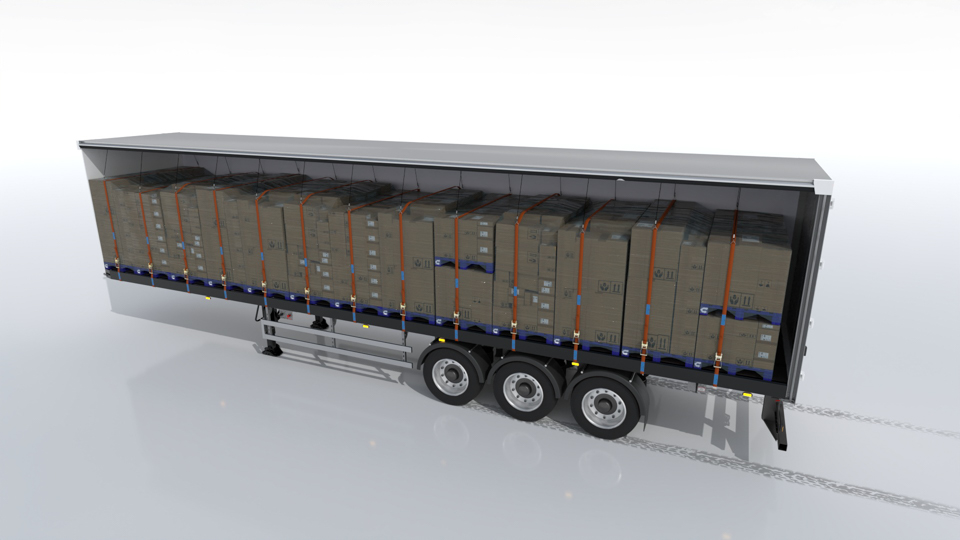Driver Vehicle Standards Agency

All loads carried on vehicles must be secure regardless of:
- what vehicle theyre on
- the size or type of the load
- the length of the journey
This protects:
- the people involved in loading, unloading and driving the vehicle
- other road users and pedestrians

The problems unsecured loads can cause
Unsecured loads can:
- affect the handling of the vehicle
- increase the braking distance
- increase the risk of a rollover
Items falling from the vehicle during the journey could:
- hit vehicles or pedestrians
- cause an obstruction in the road that causes other drivers to have to swerve or brake
- cause lane or full road closures
Even small, light items can kill someone if they fall from a vehicle travelling at speed.
Everyone involved in loading a vehicle or managing a transport operation is responsible for making sure the load is:
- safely loaded
- secure during transport
- safely unloaded
Operators, drivers and companies sending goods (consignors) must:
- secure all loads carried on vehicles
- make sure loads are transported, loaded and unloaded safely
Watch a video about load securing roles and responsibilities
This short video explains the main roles and responsibilities in load securing, including:
- what operators, consignors and drivers are responsible for
- what the law says about load security
- assessing and managing risks during loading and unloading
- the benefits of using a load plan
If youre a vehicle operator, you must make sure vehicles are:
- suitable for the intended purpose
- safe to drive (roadworthy)
- driven by people who are qualified, trained and competent
If your drivers secure loads, you must provide them with:
- training
- equipment
- instructions
You must support drivers who raise concerns about the way goods are loaded or secured. You must not pressure them to take out a vehicle or trailer if they think its unsafe.
You can get an unlimited fine, be banned from driving and get penalty points on your driving licence for using a vehicle in a dangerous condition.
If you load vehicles
If youre a driver who loads vehicles you must make sure any equipment you use is:
- in serviceable condition
- strong enough to prevent the load from moving
If you do not load vehicles
If you can, you should check that the load is secure before you set off. You can ask for a copy of the load plan from the load consignor (the person or company putting the load on the vehicle) if one is available.
Report concerns about loading or load securing to your employer or load consignor. You should not proceed with a load if you have any doubts about its security.
During the journey
You should check load restraints regularly during the journey. This is particularly important when:
- using webbing lashings - these may lose tension over time
- transporting loads that are likely to settle - for example, sand or aggregate
- after any harsh braking or if you have to swerve to avoid something
Write a Comment
Ministerial Departmental News
- PM's Office, 10 Downing Street
- Cabinet Office
- Department for Business, Innovation and Skills
- Department for Communities and Local Government
- Department for Culture, Media and Sport
- Department for Education
- Department for Environment, Food and Rural Affairs
- Department for International Development
- Department for Transport
- Department for Work and Pensions
- Department of Energy and Climate Change
- Department of Health
- Foreign and Commonwealth Office
- HM Treasury
- Home Office
- Ministry of Defence
- Ministry of Justice
- Northern Ireland Office
- Scotland Office
- Wales Office
- See all departments
